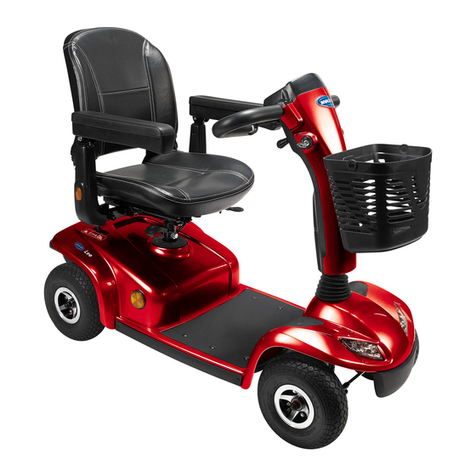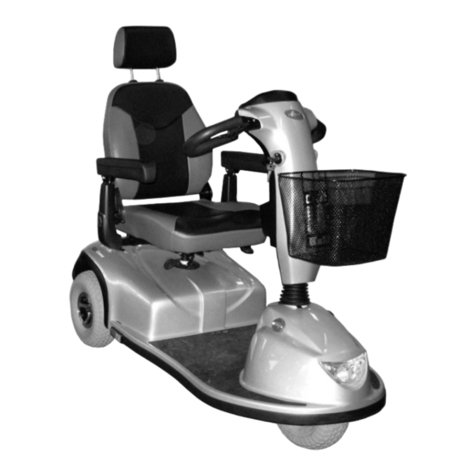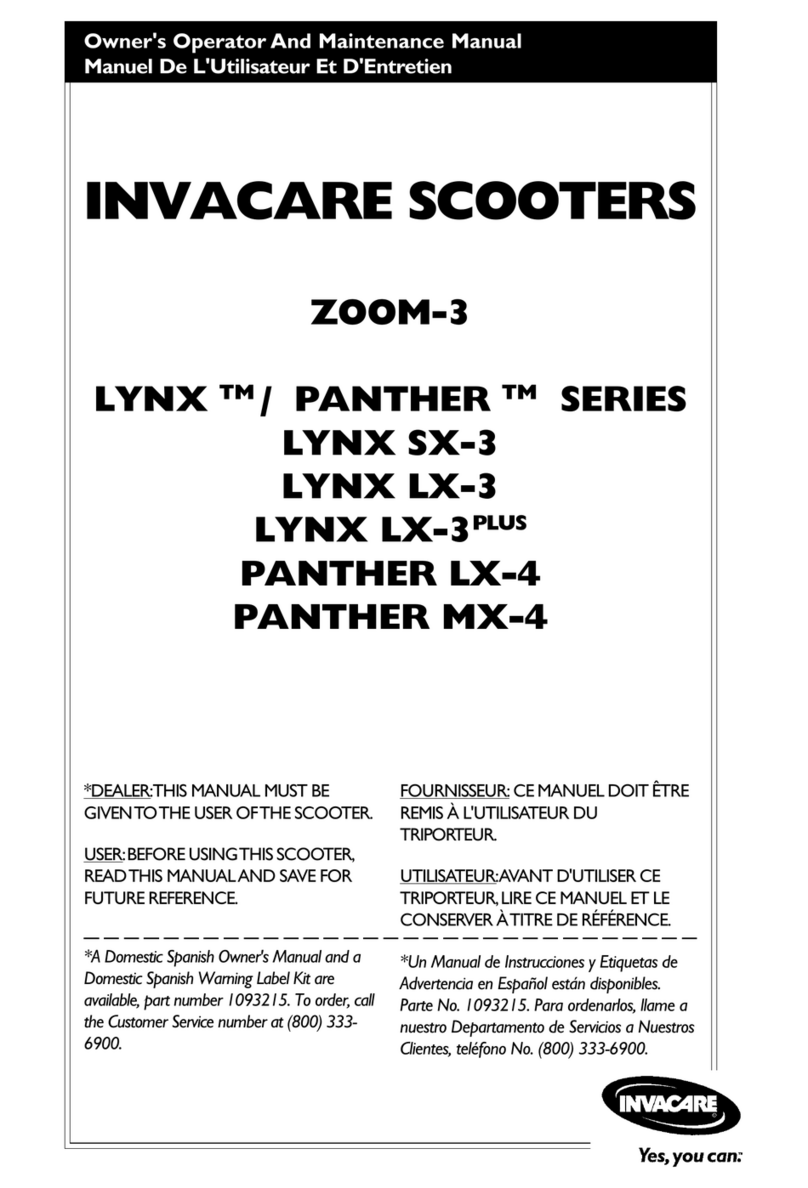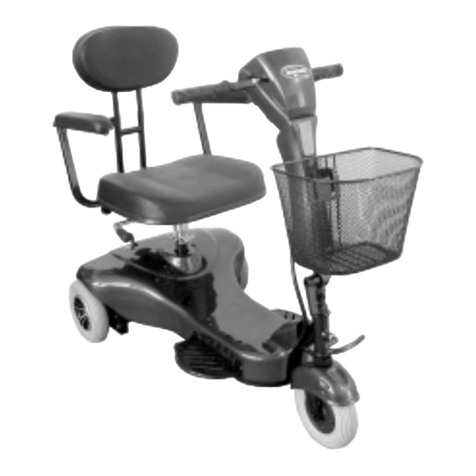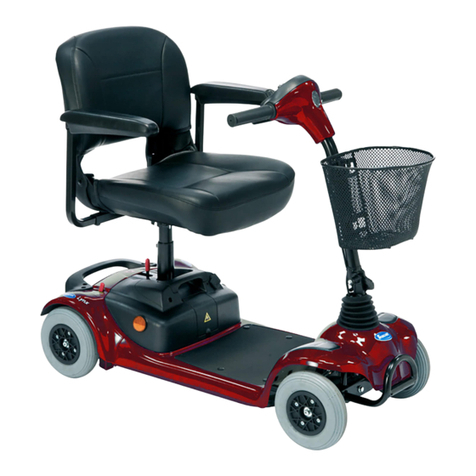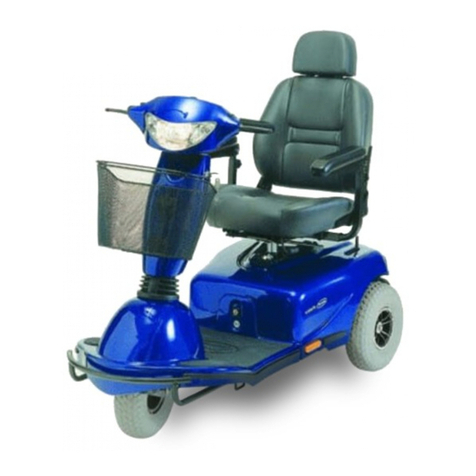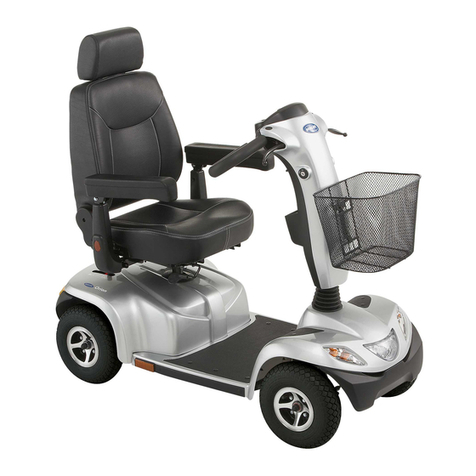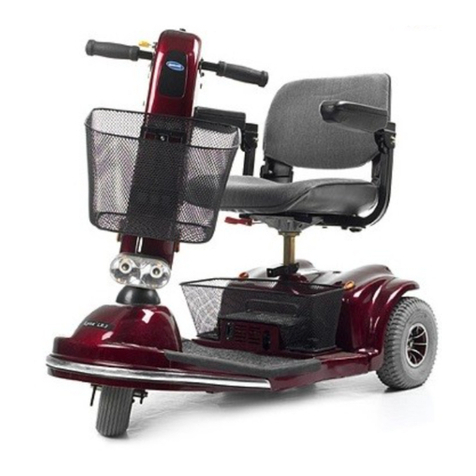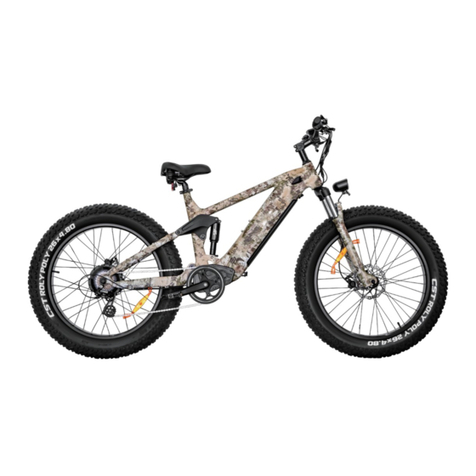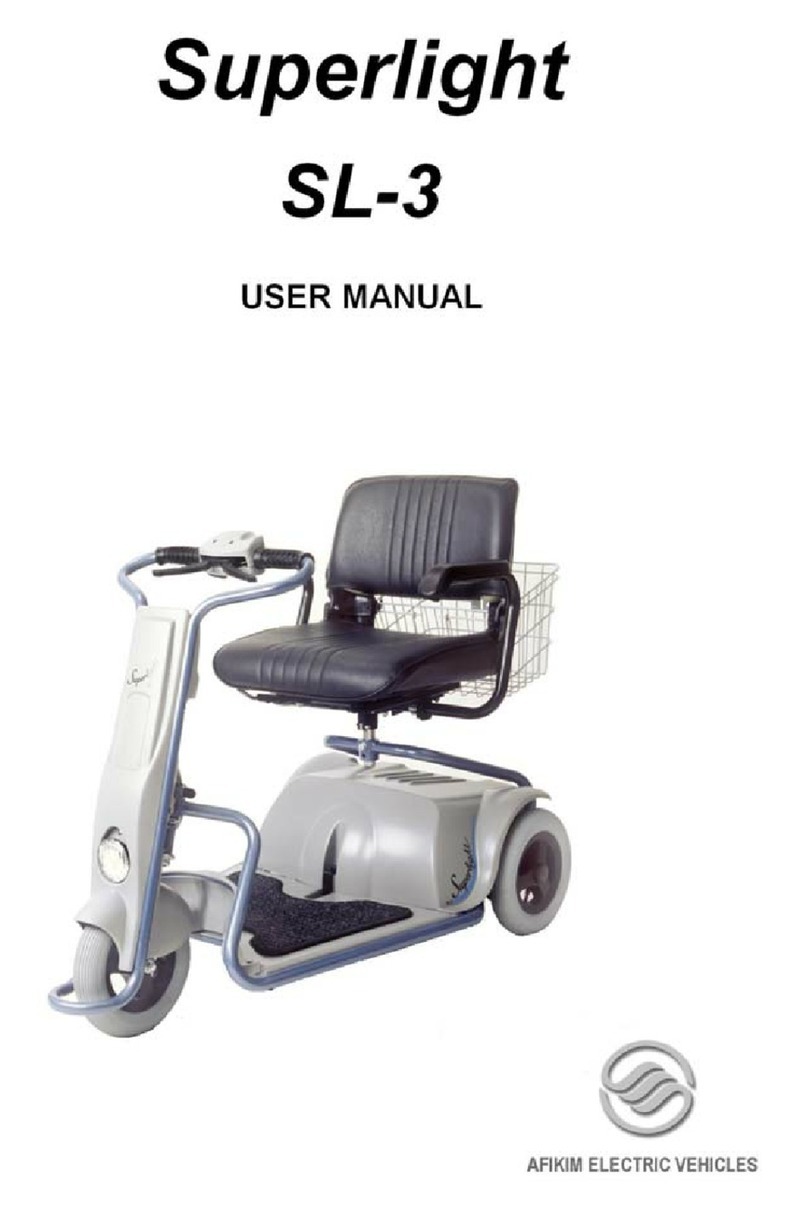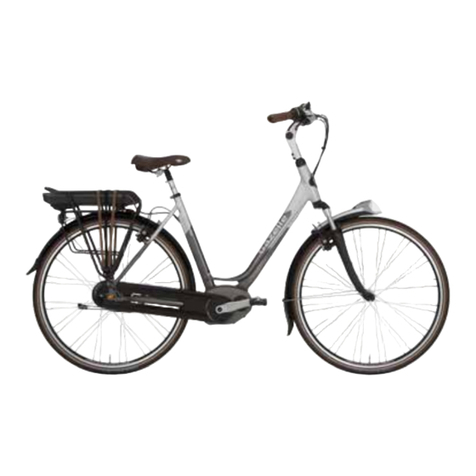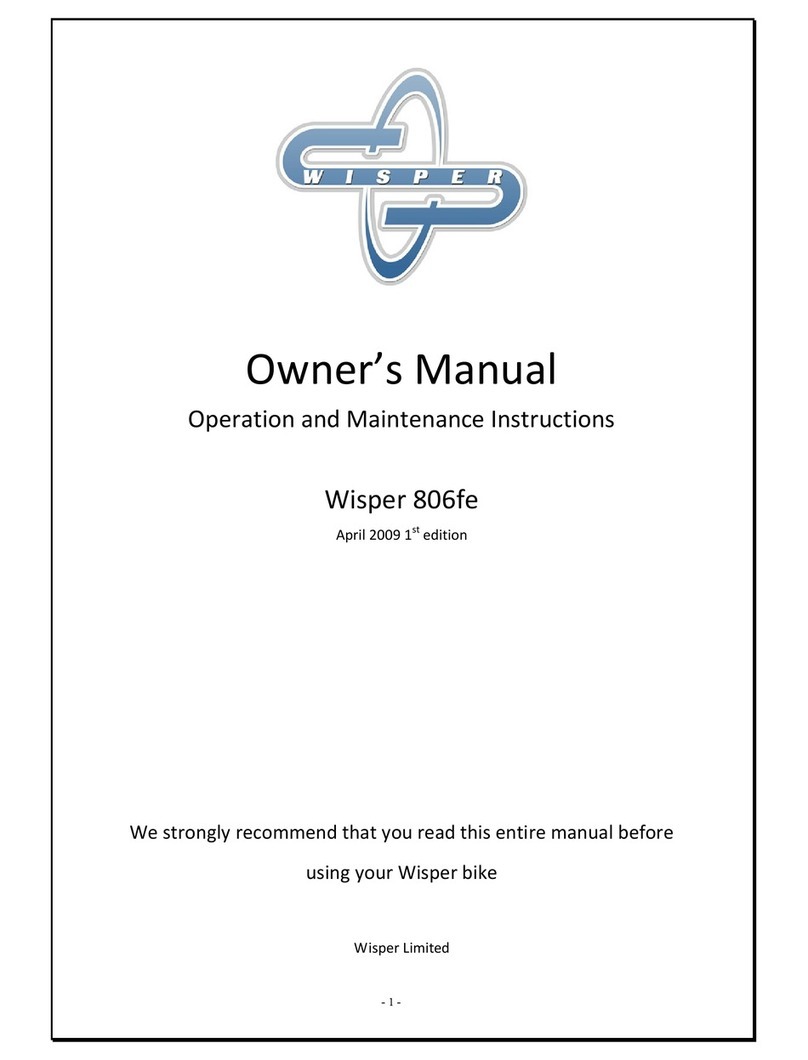
TABLE OF CONTENTS
Part No. 1143205 3Lynx™L-3 & Lynx L-4
TABLE OF CONTENTS
REGISTER YOUR PRODUCT ............................................................... 4
SPECIAL NOTES ................................................................................ 7
TYPICAL PRODUCT PARAMETERS .................................................... 9
LABEL LOCATIONS ......................................................................... 10
SECTION 1—GENERAL GUIDELINES ................................................. 11
Repair or Service Information ...............................................................................................................11
Operation Information............................................................................................................................11
Electrical .....................................................................................................................................................13
Batteries......................................................................................................................................................14
Rain Test.....................................................................................................................................................14
eight Training ........................................................................................................................................14
eight Limitation.....................................................................................................................................14
SECTION 2—EMI INFORMATION ..................................................... 15
SECTION 3—SAFETY/HANDLING OF PO ERED SCOOTERS ................ 17
Stability and Balance.................................................................................................................................17
Stairways.....................................................................................................................................................18
Escalators....................................................................................................................................................18
SECTION 4—SAFETY INSPECTION ................................................... 19
Safety Inspection Checklists...................................................................................................................19
SECTION 5—MAINTENANCE AND TROUBLESHOOTING ................... 22
Suggested Maintenance Procedures .....................................................................................................22
Troubleshooting........................................................................................................................................23
Service Indicator Error Codes ..............................................................................................................24
Resetting the Circuit Breaker................................................................................................................25
SECTION 6—OPERATION OF THE PO ERED SCOOTER ..................... 26
Control Panel ............................................................................................................................................26
Operating the Scooter ............................................................................................................................27
Engaging/Disengaging the Brake Release Lever .................................................................................29
SECTION 7—SEAT AND ARMS ......................................................... 30
Removing/Installing the Seat...................................................................................................................30
Adjusting Seat Height...............................................................................................................................31
Adjusting 90° Seat Swivel ......................................................................................................................32
Adjusting the Arm idth.......................................................................................................................32
Replacing Armrest Pads ..........................................................................................................................33
